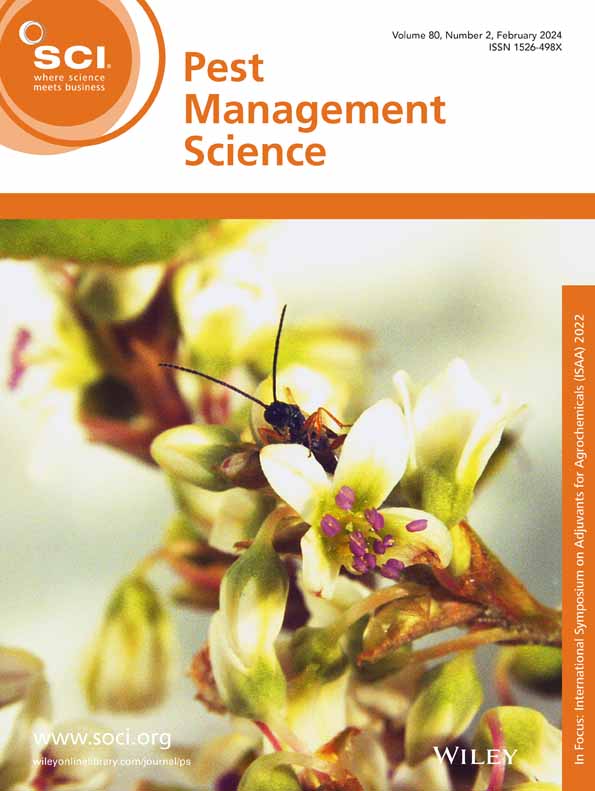Strategies of invasive snail Pomacea canaliculata during hibernation in rice fields of south China: effects of body size, sex, and soil depth
Abstract
BACKGROUND
The invasive freshwater snail Pomacea canaliculata is an agricultural pest with a certain level of tolerance to abiotic stress. After the harvest of late rice, the snails usually burrow themselves into the soil surface layers to overwinter and pose a renewed threat to rice production in the following year. Revealing the response of snails to environmental stresses is crucial for developing countermeasures to control their damage and spread.
RESULTS
In this study, we conducted a 120-day in situ experiment during the winter to investigate the survival and physiological changes of hibernating snails in 0-5 and 5-10 cm soil depths, aiming to explore their overwintering strategies. Our results showed that 73.61%, 87.50%, and 90.28% of male, female, and juvenile snails survived after hibernation for 120 days in 0–10 cm soil depth, respectively. The differences in survival rates based on sex and size of snails potentially reflect the countermeasures of snails to rapidly reproduce after hibernation. Simultaneously, the hibernating snails exhibited the ability to maintain a certain level of body weight. During this period, the snails increased their antioxidant enzyme activities to cope with oxidative stress, and enhanced their lipid storage. The hibernation survival of snails was not significantly affected by different soil depths, indicating that they have the potential to hibernate into deeper soils. Furthermore, snails were capable of increasing their contents of bound water and glycerol to cope with sudden cold spells during hibernation.
CONCLUSION
Our findings emphasize the adaptive changes of P. canaliculata snails overwintering in paddy soils. In future studies, the vulnerabilities of P. canaliculata during hibernation (e.g. shell characteristics, nutrient reserves, and dehydration tolerance, etc.,) should be investigated to develop effective control methods for this period. © 2024 Society of Chemical Industry.

 求助内容:
求助内容: 应助结果提醒方式:
应助结果提醒方式:


